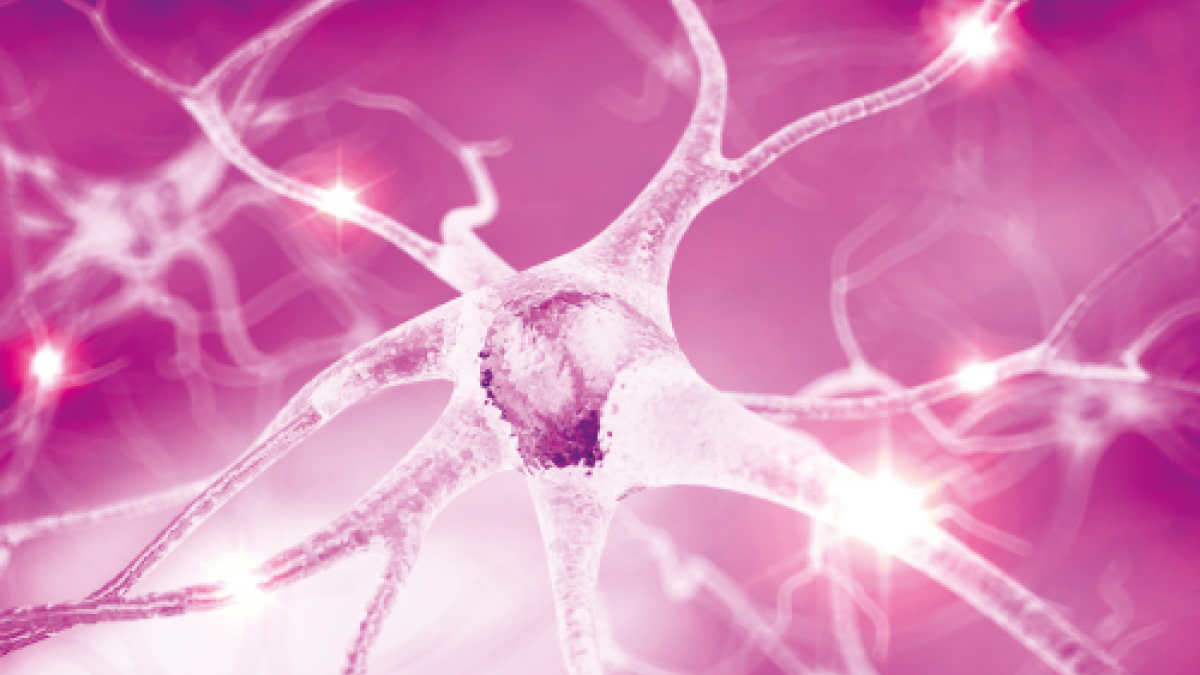Janet Wright on the latest physio research.

Satisfied users point way to successful research
Learning from successful patients could help researchers design studies that evaluate treatments more effectively.
Transcutaneous electrical nerve stimulation (TENS) is a low-risk method of pain relief that may be valuable for people with chronic musculoskeletal or lower-back pain. But studies of its effectiveness have had mixed results.
Some studies have found that participants didn’t always use the device exactly as instructed. This, say the authors of a new paper, may be one reason researchers didn’t find TENS effective.
Also, there is no consensus among researchers about the best timing, duration and settings to use.
‘Although there is some evidence regarding the effectiveness of different settings for chronic pain, there may also be a tension between the preference of patients for different settings and the tendency for studies to opt for fixed settings,’ say Peter Gladwell, of the pain management service at North Bristol NHS Trust, and colleagues.
Using semistructured interviews, Dr Gladwell’s team investigated the practices of nine pain-clinic patients who used TENS to manage their chronic musculoskeletal pain.
‘Data analysis indicated that patients learned to address a range of problems in order to optimize TENS use,’ the team found.
For example, patients may need to personalise the positioning of electrodes and the TENS settings and to readjust them over time. The team discovered that the successful patients learned to use TENS in a strategic manner.
‘The findings indicated that a pragmatic TENS evaluation may need to incorporate a learning phase to allow patients to optimize … TENS usage, and evaluation may need to be sensitive to the outcomes of strategic use,’ the authors conclude. ‘These findings also have implications for clinical practice.’
In an earlier report, the team noted that patients valued TENS for psychological and other benefits as well as pain relief (see Physio Findings, 4 November 2015).
Gladwell PW et al. Problems, Solutions, and Strategies Reported by Users of Transcutaneous Electrical Nerve Stimulation for Chronic Musculoskeletal Pain: Qualitative Exploration Using Patient Interviews, Physical Therapy 2016; 96: 1039-48, http://dx.doi.org/10.2522/ptj.20150272
World physios pool their amputee expertise
Physios working in amputee rehabilitation have a major new resource available online. Physiopedia, the physiotherapy ‘wiki’, has published more than 100 peer-reviewed case studies on lower-limb amputees.
The newly published case studies are the best of more than 1,000 submitted during a massive open online course (MOOC) run by Physiopedia last year, in collaboration with the International Committee of the Red Cross.
More than 7,000 participants in 150 countries registered for the eight-week MOOC, which was accredited by the World Confederation for Physical Therapy.
Reviewed by a team of physiotherapists, the case studies have been made openly available with support from the British Association of Chartered Physiotherapists in Amputee Rehabilitation.
‘The case studies are an excellent example of global practice on rehabilitation of individuals with limb loss and will be a fabulous knowledge resource and educational tool,’ says CSP member Rachael Lowe, founding director of Physiopedia.
One study, for example, follows ‘Jill’, an army officer and athlete who was impatient to return to her normal life after losing a leg in a road accident. Her determination to run again, rather than spend time on basics such as transfers and balance, was delaying her recovery.
Jill’s physiotherapist devised a programme that included making mundane exercises appear more advanced than they were and turning her treatment into a competition. After accepting the need to work through all stages, Jill made rapid progress, returned to work and is now training for a triathlon.
Comments and conclusions
- Children as young as six years with sedentary lifestyles are already increasing their risk of pain conditions, say researchers at the University of Eastern Finland. This isn’t linked with obesity: the study of 439 children found that those with low levels of body fat were at higher risk. Encouraging fitness, for example by taking active screen breaks, could reduce children’s risk of chronic pain in later life, say the team. Vierola A et al. Journal of Pain 2016; http://dx.doi.org/10.1016/j.jpain.2016.03.011
- Women are still under-represented in research into sports and exercise, despite the increasing number of female players and exercisers. ‘The complexities of the menstrual cycle are considered major barriers to the inclusion of women in clinical trials,’ say Georgie Bruinvels, of University College London, and colleagues in an editorial. Bruinvels G et al. British Journal of Sports Medicine 2016; http://dx.doi.org/10.1136/bjsports-2016-096279
- People who eat plenty of whole grains are at lower risk of coronary heart disease, cardiovascular disease and cancer, according to a systematic review of 45 studies. A diet high in whole grains is also linked with reduced risk of death from all causes. The benefits come from eating up to seven servings a day; one serving could be a slice of wholemeal bread or 30 grammes of unrefined breakfast cereal. Aune D et al. BMJ 2016; http://dx.doi.org/10.1136/bmj.i2716
Author
Janet WrightNumber of subscribers: 0
